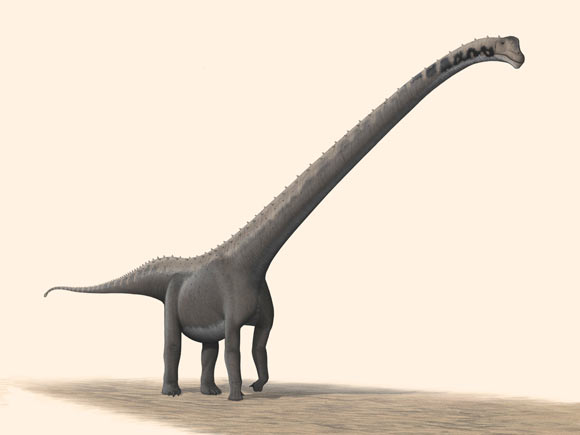Now Reading: Scientists Discover New Plant-Eating Dinosaur Species
-
01
Scientists Discover New Plant-Eating Dinosaur Species
Scientists Discover New Plant-Eating Dinosaur Species

Rapid Summary
- Discovery: Paleontologists identified a new genus and species of eusauropod dinosaur, named Huashanosaurus qini, from the Jurassic period in China’s Guangxi region.
- Size: The dinosaur was approximately 12 meters (39 feet) long.
- Timeline: It lived during the Early to Middle Jurassic period, around 200 to 162 million years ago.
- Location: Fossils were found at Huqiu quarry of the Wangmen formation near dongshi Village in southern China.
- fossil Details: Two specimens, including a partial skeleton, were unearthed along with remains of fish scales and teeth, plesiosaurian teeth fragments, and other fossilized bones.
- Geological Age Debate: While initially thought to date back to early Early Jurassic based on minimal evidence, charophyte fossils suggest an Early to Middle Jurassic timeframe for the Wangmen Formation.
- Meaning: Huashanosaurus qini is classified as a basal member of Eusauropoda. Its discovery offers insights into evolutionary radiation patterns during this era.
Indian opinion Analysis
The discovery of Huashanosaurus qini enriches global understanding of sauropod evolution during the Jurassic period.This finding highlights Guangxi’s previously underrepresented contribution to paleontology compared with neighboring Chinese regions like Yunnan or Sichuan. For India – home to its own rich fossil record including sites like Madhya Pradesh’s Bagh Basin – such discoveries stress broader opportunities for regional paleontological research collaborations in Asia.
The debate surrounding geological dating reaffirms how multidisciplinary approaches combining fossil evidence and geological studies drive progress within Earth sciences. India’s research institutions could further benefit by applying similar methods domestically when studying dinosaur-era formations such as those near Jabalpur or Gujarat.
Ultimately, these findings deepen scientific knowledge on ecosystems that thrived millions of years ago and emphasize Asia’s pivotal role in unraveling past biodiversity frameworks essential for understanding modern ecological contexts.

























